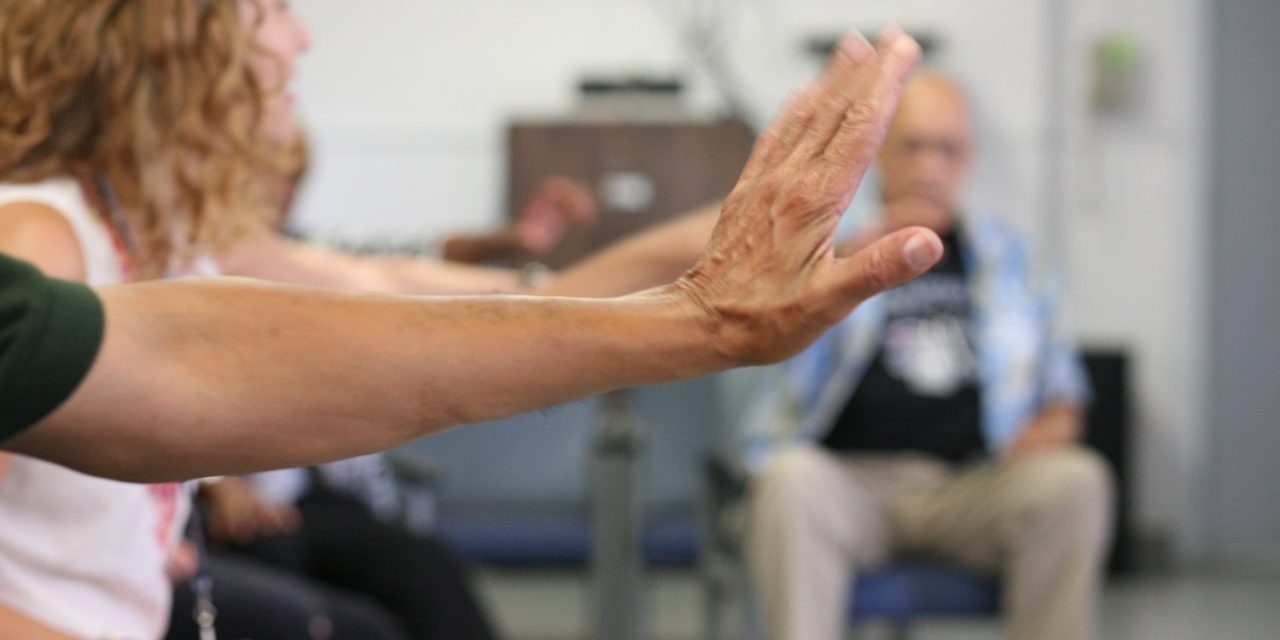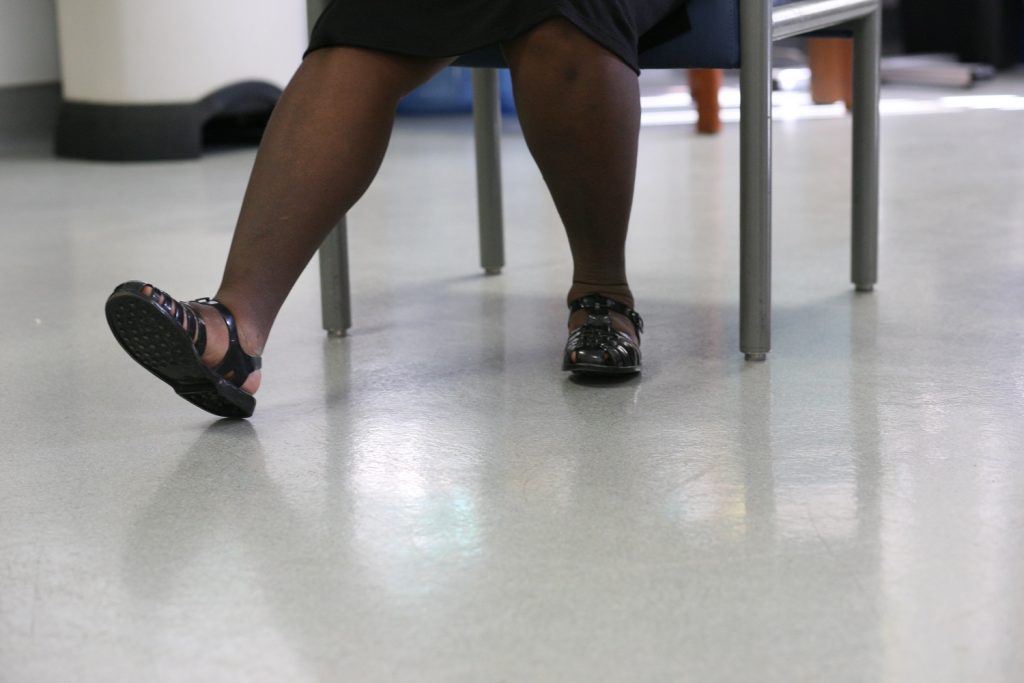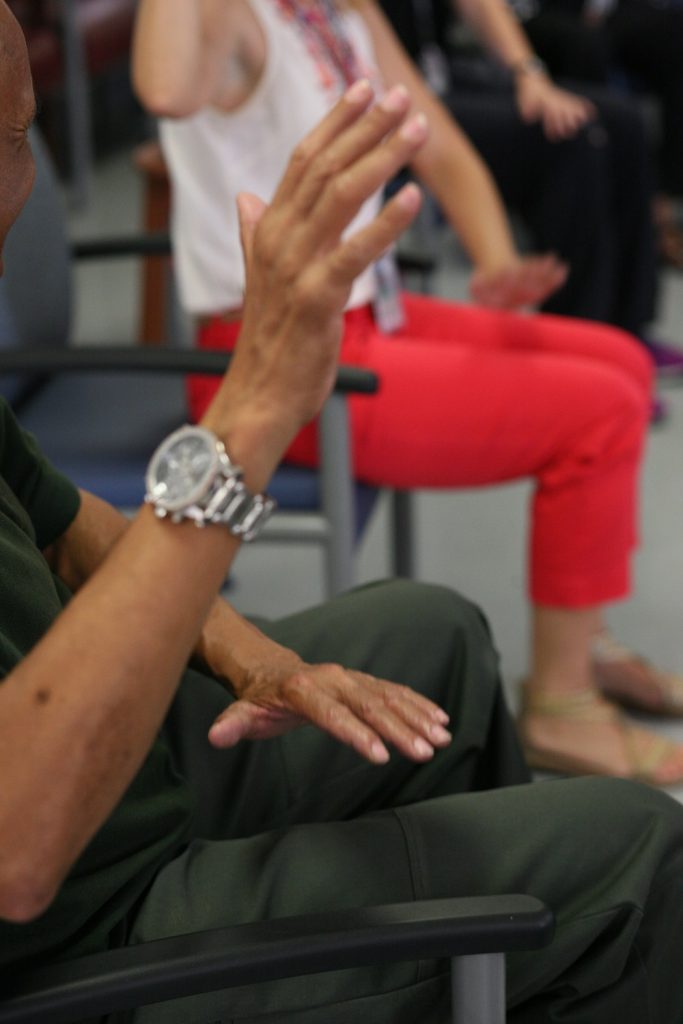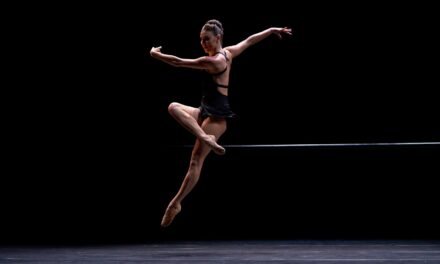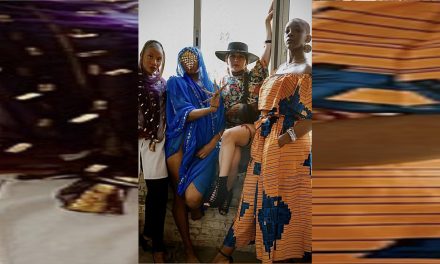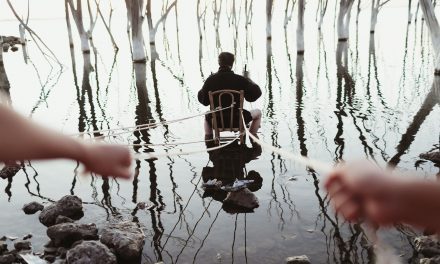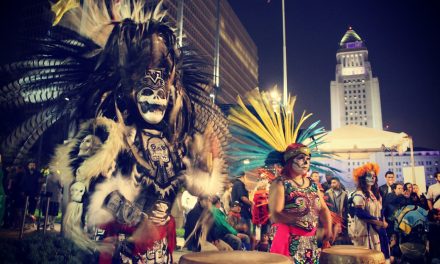Eleven years ago, dance educators Kristen Smiarowski, Sarah Wilbur and I were invited to partner with mental health professionals and co-create a dance program for veterans with mental illness. Since then, I have trained dozens of clinicians in the modality, serving veterans with conditions ranging from PTSD to chronic pain to memory loss. I have taught classes in conference rooms, cafeterias, lockdown psychiatric wards and therapy pools. Now I teach Dance for Veterans from my bedroom.
Three days a week, I set up my pandemic dance studio: I make my bed, plug in my external microphone and speaker, stack books on the desk to raise my computer, and open up the shutters for natural light. Then I ask my son not to simultaneously watch YouTube videos, play video games, or chat on Discord while on his school Zoom lesson. Spare some bandwidth, dude! The last step is my moment of doubt. Why dance? We all clearly have more important issues to deal with – our health or lack thereof, deep financial losses, political chaos. Despite these thoughts, I log into my computer and inevitably every week people show up, veterans ranging in age from 25 to 92 from all backgrounds. They are also in their bedrooms or kitchens or living rooms. They are also tired, angry and lonely. Yet they are always ready to move, share and create. We breathe and meditate together. Using elements from yoga, qi gong and Bartenieff Fundamentals, we warm-up. We challenge our coordination. And most importantly we collectively create together. We make dances around what inspires us, what gifts we bring to the table. We share songs that make us happy. At the beginning of one class a veteran was talking about how on her daily walks she had been seeing a lot of couches out for trash pickup. Her thought was that people are buying new couches since they were home all the time and wanted to be more comfortable. She then provided the group with a wonderful prompt: “I think we should make a dance about that today. What gives us comfort?”
Generally, I dislike being on my computer. And the online teaching I had done in the past had been sterile and tedious. Today, even though I ache to share physical space, we have had some beautiful connections in virtual space. In many ways it’s been more intimate than our in-person classes. On camera, we have seen each other’s pets, children and grandchildren. We have made dances inspired by the precious objects spotted in our rooms. We’re peeking through windows into each other’s lives in ways that could never happen in a multi-purpose room.
One week a veteran shared a photo of herself from when she was in service. In the picture, she’s holding a banjo. She played the banjo in her unit’s string band. I’ve known this woman for years and had no idea that she played the banjo. When I share this surprise, she says she “didn’t really play the banjo.” Huh? Apparently the band was short a banjo player, so her superiors just gave her an order to learn the banjo and so she did.
Another day we sang happy birthday to a veteran and we each offered a birthday dance in her honor. Through tears she told us how much this time together meant to her on her birthday that otherwise would have been spent alone. The week before Christmas, we made a dance about what we are moving towards in the new year. One vet jumped across his frame shouting “freedom of expression” with his arms out wide. Another stood up and walked slowly to his monitor and bowed saying “I’m moving towards healing.” It was a hopeful moment.
And now here we are in 2021. Political chaos gave way to political violence on January 6th. The insurrection failed, but the root causes of that chaos remain. And the pandemic still rages on. We all knew on some level this would be a marathon, but I certainly thought the “finish line” would be closer.
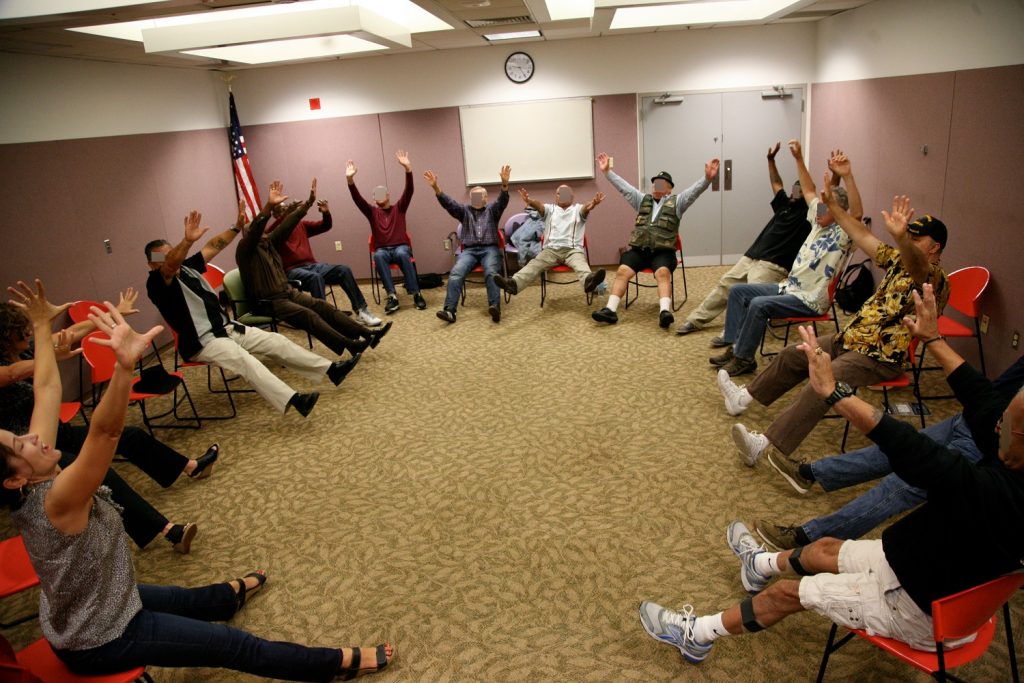
Christine leading group warm-up. Veterans are seated in a circle practicing their “core distal” connectivity. They call it the starfish stretch. Photo by Samuel Primero.
One morning before class I woke up furious. Furious with everything — the world, the government, my family, myself. I didn’t feel like dancing. And yet, dancing has never failed me. It was my lifeline growing up in an unsafe alcoholic home where I did not feel heard. (I spent most of the 90s choreographing dances where I was literally trying to speak but could not.) Dancing kept me afloat during my own alcoholism and eventual sobriety. This era included a solo where I drank four beers while I told the audience I did not have a problem drinking. Dancing even pulled me through the dark tunnel of chronic
back pain and deep depression — the positivity and generosity of dance teachers and colleagues led me to the light. Now, in this world-historic pandemic and the sea of awfulness that surrounds it, I look to dance to save me again. And even with all this evidence, all the faith I have built and invested in dance as a lifeline, I still doubt. Will it save me this time? Surely this is a pack of troubles too heavy for dance to lift. But I am not dancing alone. I’m dancing with veterans.
During our class’s opening check-in, I said: I’m angry. And I shook my fists in front of me. The group, using our call and response form, shook their fists back at me. The flow of the class continued. Al Green’s “Love and Happiness” was playing as we did a body brushing practice — sweeping and brushing the surfaces of our body with our hands. The gripping anger was swept away. I had to tell myself, “Don’t cry Christine. Keep it together, girl.” After the song was over I shared the experience with a relieved smile. In response one of the vets confidently said, “See, I knew dancing would help.”
He had no doubt about it, so why should I? These intrepid veterans have taught me to hold dancing even closer than before. These men and women who have experienced trauma beyond my comprehension but still have enough belief in the transformative power of movement to log into Zoom every week and dance with me in my bedroom. If my faith in dance ever falters, they are there to pick me up and remind me that it is my lifeline, my way back home.
To visit the Suarez Dance Theater website, click HERE.
#####
Christine Suárez is a choreographer, performer, educator and community activist based in Los Angeles. Born in Caracas, Venezuela and raised in Baton Rouge Louisiana, she founded Suarez Dance Theater in 2003. They create at the intersection of collaborative dance-making and community outreach. Their work has been seen in theaters, parks, classrooms and houses and toured nationally and internationally. They have been awarded grants from Los Angeles County Department of Arts and Culture, Santa Monica Cultural Affairs, Flourish Foundation and Foundation for Contemporary Arts. Christine is co-creator of Dance for Veterans – a program that builds creative expression and social cohesion at Los Angeles VA Hospitals. Her work with veterans would not be possible without support from the California Arts Council and the Artists in Residence Program at the Los Angeles Department of Cultural Affairs. She holds an MFA in choreography from UCLA’s World Arts and Cultures/Dance Department and a BA in Theater and English from Emory University. She is a founding member of the Pieter board of directors and served as board chair from 2018-20.
Written by Christine Suárez for LA Dance Chronicle.
Featured image: Photo of Christine in background leading a coordination exercise with arm of veteran reaching forward – Photo courtesy of the author.

